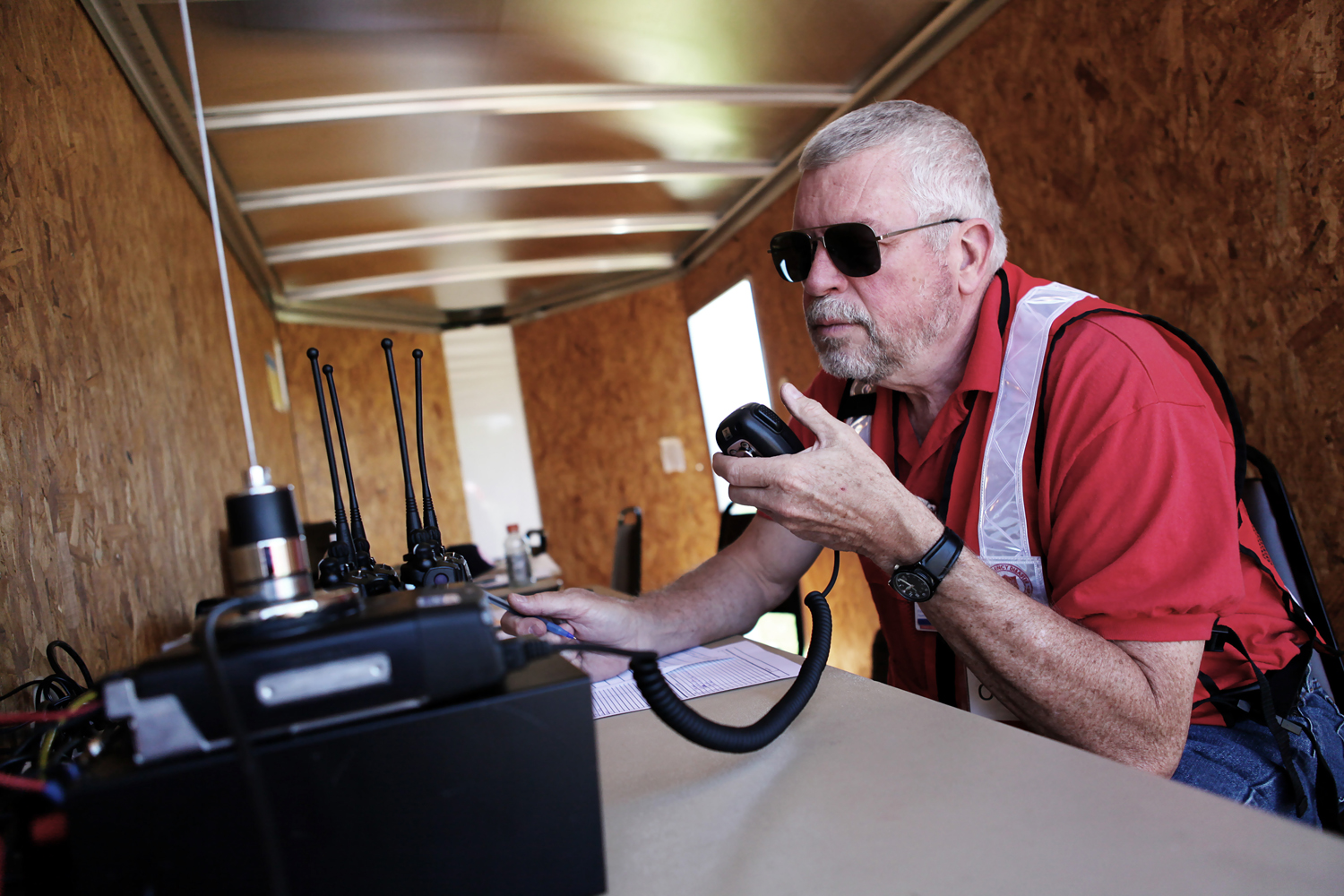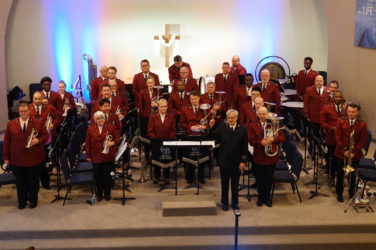by Major Michele Heaver, KC8NAI
SATERN (Salvation Army Team Emergency Radio Network) is building on its extraordinary history of service, modernizing, expanding, and integrating its members more fully into The Salvation Army’s mission.
Since being founded in 1988 by Central Territory officer Major Pat McPherson, SATERN has recruited and trained personnel skilled in emergency communications and message handling to support Salvation Army operations in local, regional and international disasters.
It has played a key role in communications in many major disaster responses throughout the world from the F5 tornado that wiped out Plainfield, Ill., to fierce hurricanes like Katrina, Michael and Florence; the historic flooding in Grand Forks, N.D.; the devastating 7.4 magnitude 1999 earthquake in Turkey, and the horrifying terrorist attacks on 9/11.
Its mode of communication has been the utilization of a mobile handheld unit to a sophisticated station consisting of VHF/UHF, HF, Morse code, digital and computer digital modes of communication.
New Central Territory SATERN Coordinator Bob Langsfeld wants to see SATERN keeping up with modern technology and becoming part of a strategic technological reserve.
His goal is for SATERN to expand beyond two-way communications to include digital messaging, voice over internet, computer networking and satellite linking.
When SATERN teams are deployed to a disaster, the objective will be for members to include phone, video, imaging and satellite. As a result, SATERN’s efficiency will be enhanced greatly through team types based on Federal Emergency Management Agency (FEMA) compliance.
“The different credentialing levels of amateur radio operators participating with SATERN in a disaster response are based on the Army’s national incident command system, which is modeled on FEMA incident training,” explained Bob.
Additional training beyond basic requirements for emergency disaster services (EDS) credentials will be required for all SATERN members. Long term, it is hoped SATERN members will be cross-trained in other areas of EDS so they are fully engaged on the disaster scene.
“Emergency communication is very critical in a well-functioning incident management team and developing the SATERN program is a key priority in 2019,” said Kevin Ellers, Central territorial disaster services coordinator.
A new SATERN application packet is now available. This October SATERN members and teams will gather to share their skills and learn new modes of operation at a Territorial SATERN and Heartland Divisional Emergency Disaster Services Training Summit.
For more information or to receive an application packet, contact [email protected]





